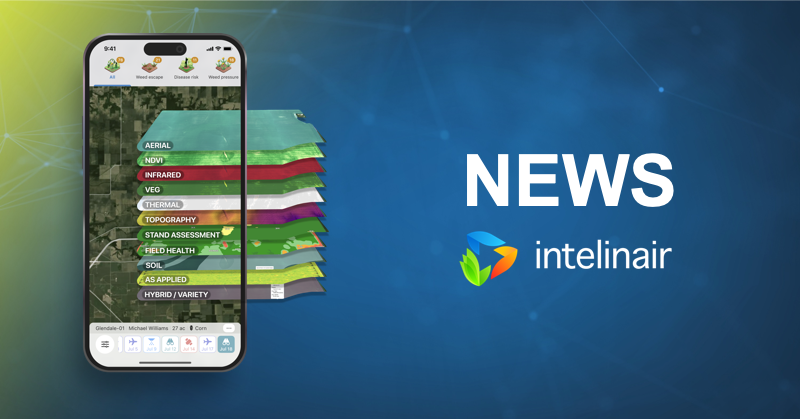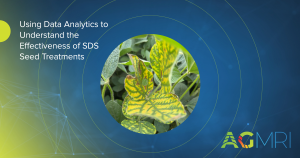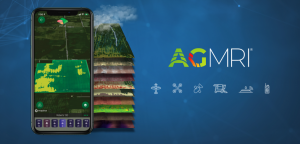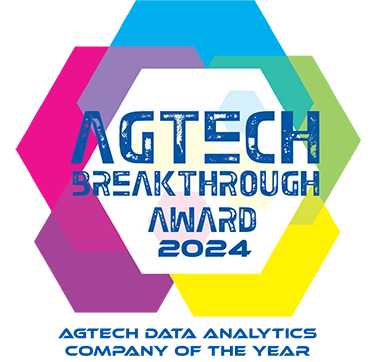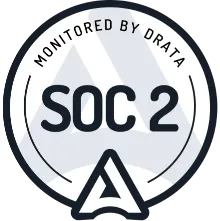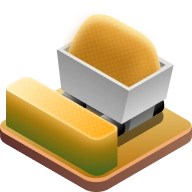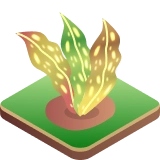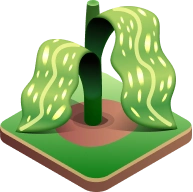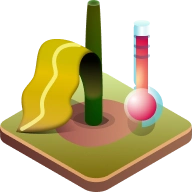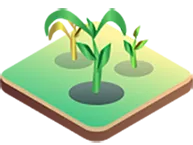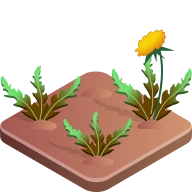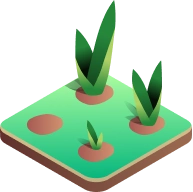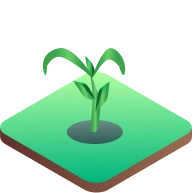As recently announced, Intelinair has partnered with GROWMARK, Inc. on a new digital agronomy application, myFS Agronomy. In this episode of RFD Profit Watch, Tim Hassinger, President and CEO of Intelinair, joins DeLoss Jahnke to discuss the platform and the technology behind it. Listen to the full episode or learn more about the partnership.
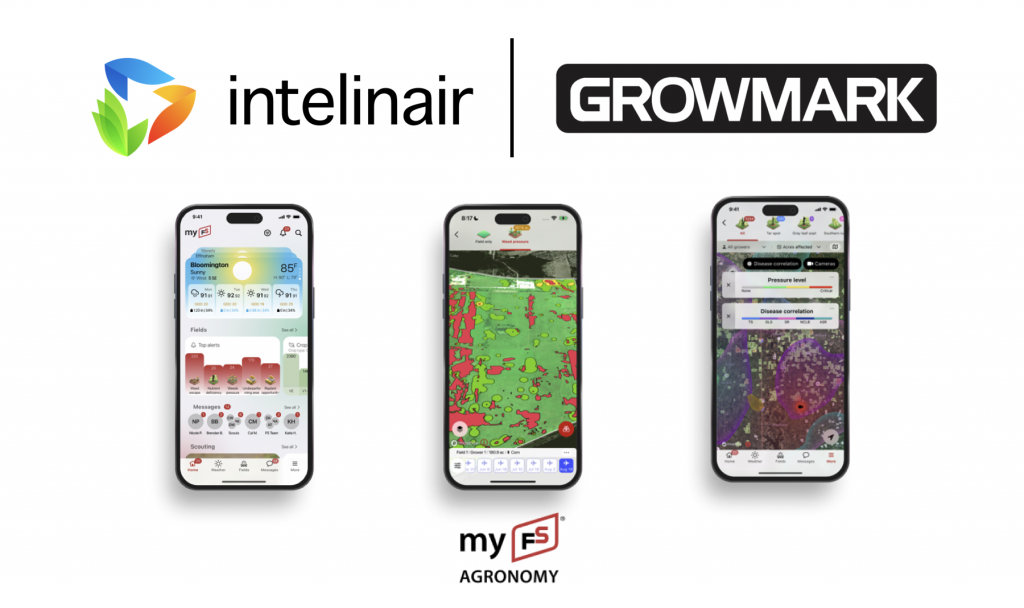
About IntelinAir, Inc.
Intelinair provides whole-field insights all season long to farmers and ag retailers through its easy-to-use interactive platform, AGMRI. Through AGMRI Insights and AGMRI Analyze, Intelinair’s proven data analytics capabilities tracks every acre, every factor – emergence & population impacts, nutrient utilization, hybrid and variety performance, and even weather impact – for data-driven in-season and postseason decision making and identifies sustainability opportunities. For more information, visit intelinair.com or follow us on our social media channels.
About GROWMARK
GROWMARK is an agricultural cooperative serving almost 400,000 customers across North America, providing agronomy, energy, facility engineering and construction, and logistics products and services, as well as grain marketing and risk management services. Headquartered in Bloomington, Illinois, GROWMARK owns the FS trademark, which is used by member cooperatives. More information is available at GROWMARK.com.

